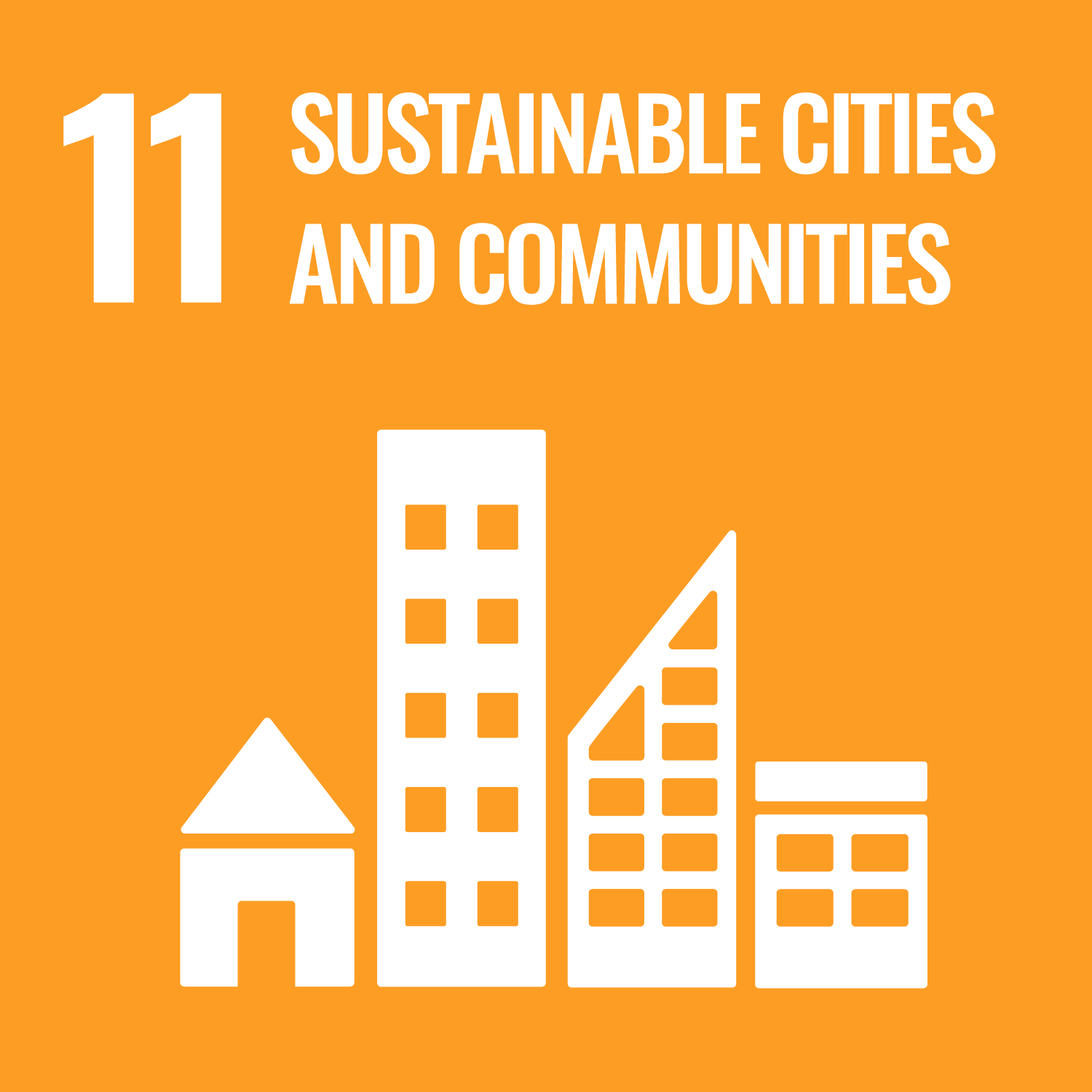SDG Detail
ECON 15Q: The Economics of Immigration in the US: Past and Present
Postgraduate courseProject description
The United States has long been perceived as a land of opportunity for immigrants. Yet, both in the past and today, policy makers have often expressed concerns that immigrants fail to integrate into US society and lower wages for existing workers. There is an increasingly heated debate about how strict migration policy should be. This debate is rarely based on discussion of facts about immigrants assimilation. This class will review the literature on historical and contemporary migrant flows. We will tackle three major questions in the economics of immigration: whether immigrants were positively or negatively selected from their sending countries; how immigrants assimilated into the US economy and society; and what effects that immigration may have on the economy, including the effect of immigration on native employment and wages. In each case, we will present studies covering the two main eras of US immigration history, the Age of Mass Migration from Europe (1850-1920) and the recent period of renewed mass migration from Asia and Latin America. Students will participate in a final project, which could include developing their own recommendations for how to design immigration policy in the US.
Project aims
?
Project outcome
?
Related SDGs
The corresponding sustainable development goals correlated with this project. You you click the icon to link to SDG category description page.











